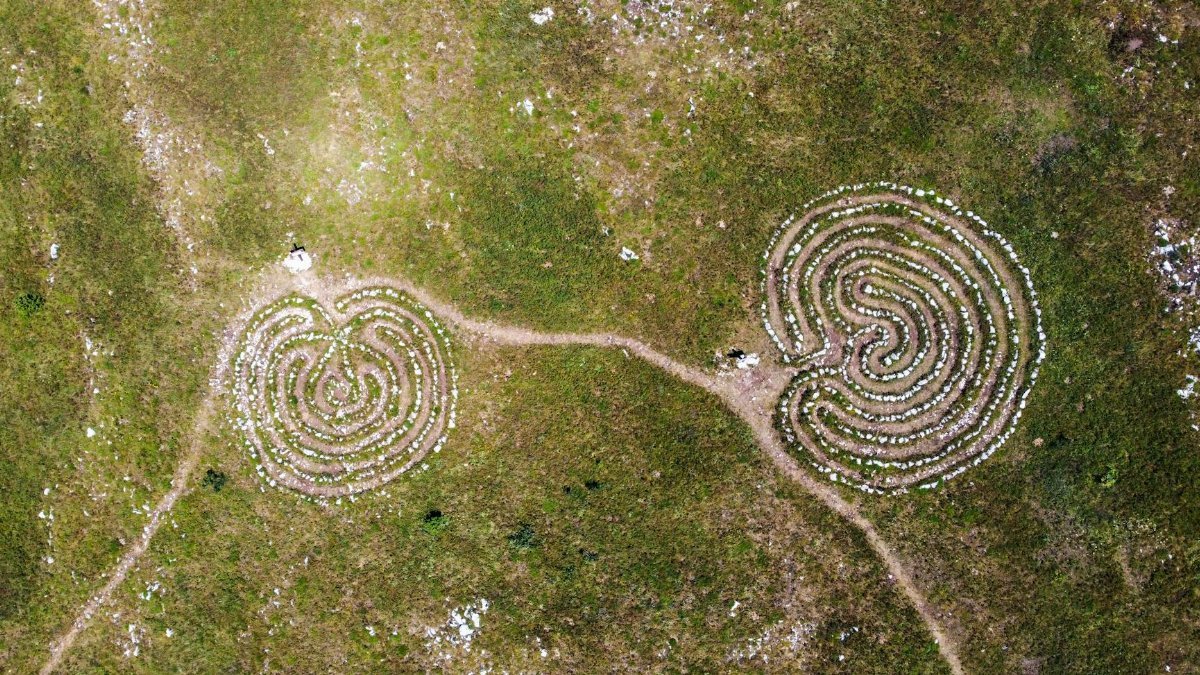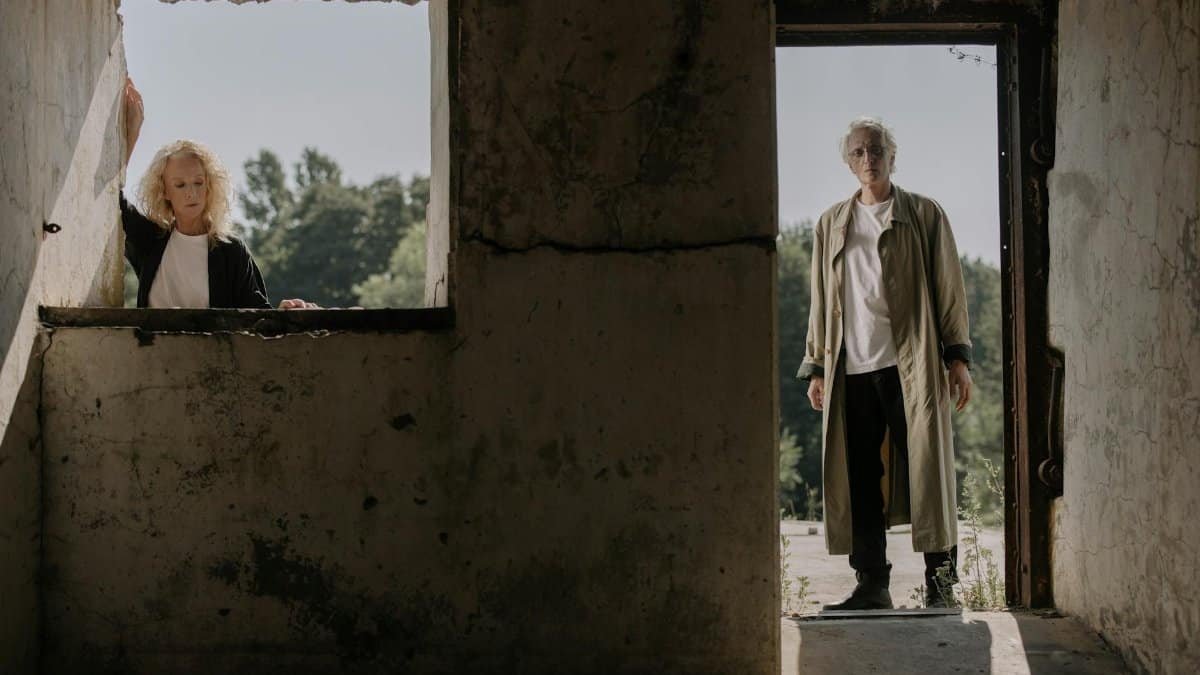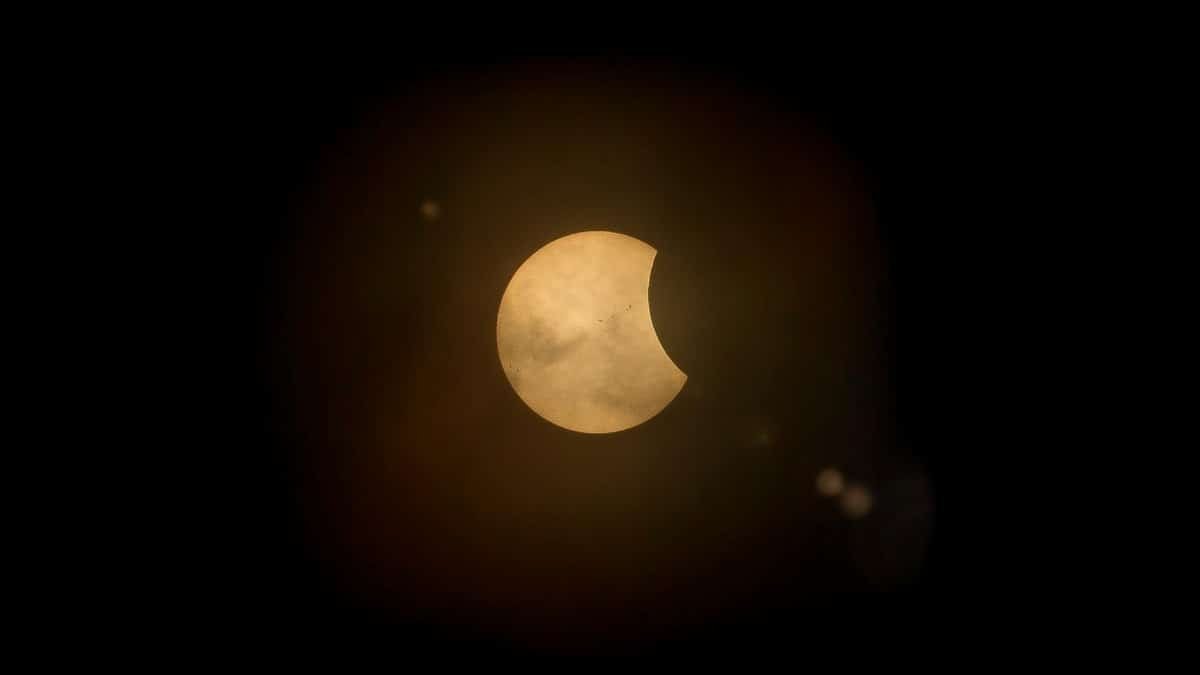Imagine a quiet night, the sky draped in shadow as a lunar eclipse unfolds. Across the country, countless individuals are turning to their journals, not just to record the event, but to dig deeper into their inner worlds. This isn’t mere stargazing. It’s a deliberate practice known as eclipse journaling spreads—a creative and introspective tool that uses the potent energy of eclipses to uncover hidden emotions and subconscious blocks. For many, these spreads are becoming a ritual, a way to align personal growth with celestial rhythms. Whether it’s scrawling thoughts under a blood moon or sketching symbolic layouts, the act ties the vastness of the cosmos to the intimacy of self-reflection. As lunar eclipses continue to captivate in 2025, this practice offers a unique path to shadow work, inviting us to face what lingers in the dark.
1. The Shadow Self Mirror Spread

Every lunar eclipse casts a shadow, and so do we. The Shadow Self Mirror Spread focuses on confronting aspects of ourselves we often ignore. Start by drawing a large circle in your journal, representing the moon. Split it in half—one side for the traits you show the world, the other for what you hide. Under an eclipse’s influence, write without censorship. What angers you? What do you fear others seeing? This layout isn’t about judgment; it’s about acknowledgment. One anonymous account shared online described the process as “staring into a dark mirror—I didn’t like what I saw at first, but I needed to see it.” Research from the American Psychological Association suggests that facing suppressed emotions can reduce stress over time. Use this spread to name your shadows and begin to integrate them.
2. The Release and Renew Grid

Lunar eclipses often symbolize endings and new beginnings. The Release and Renew Grid harnesses this duality. Divide a journal page into a simple four-square grid. Label the top two squares “What I Release” and the bottom two “What I Invite.” During the eclipse, reflect on habits or beliefs that no longer serve you—write them in the top sections. Then, in the lower squares, list intentions for growth. Maybe it’s letting go of self-doubt and welcoming confidence. The act of writing under this celestial event can feel like a pact with the universe. Studies from Psychology Today note that expressive writing can clarify goals and ease emotional burdens. This spread turns the eclipse into a pivot point, a moment to shed and rebuild.
3. The Hidden Truth Spiral

Sometimes, the answers we seek are buried deep. The Hidden Truth Spiral uses the eclipse’s energy to unearth them. Draw a spiral in your journal, starting from the center and working outward. At the core, write a question haunting you—perhaps, “Why do I feel stuck?” As you move along the spiral’s path during the eclipse, jot down thoughts or memories that surface, no matter how disconnected they seem. The eclipse, with its symbolic unveiling, can prompt unexpected insights. A study by the National Library of Medicine highlights how reflective writing can access subconscious patterns. By the spiral’s end, you might glimpse a truth you’ve avoided. This spread is less about neat answers and more about raw discovery.
4. The Emotional Eclipse Map

Emotions can feel as vast and shifting as the night sky. The Emotional Eclipse Map helps chart them during a lunar event. Sketch a rough outline of the moon at the center of your page. Around it, create concentric rings, each representing a layer of feeling—surface emotions on the outer ring, deeper ones closer to the center. Under the eclipse’s dim light, label each ring with what you’re experiencing. Are you anxious on the outside but grieving within? This visual approach mirrors the eclipse’s phases, revealing what’s hidden as the shadow passes. According to research from Pew Research Center, many Americans struggle to articulate complex emotions. This spread offers a structure to map them, turning chaos into clarity.
5. The Past Shadow Timeline

